The Future of Operations at the Rouge Park Golf Course in Detroit
The municipal course has been managed by Golf Detroit since late March.
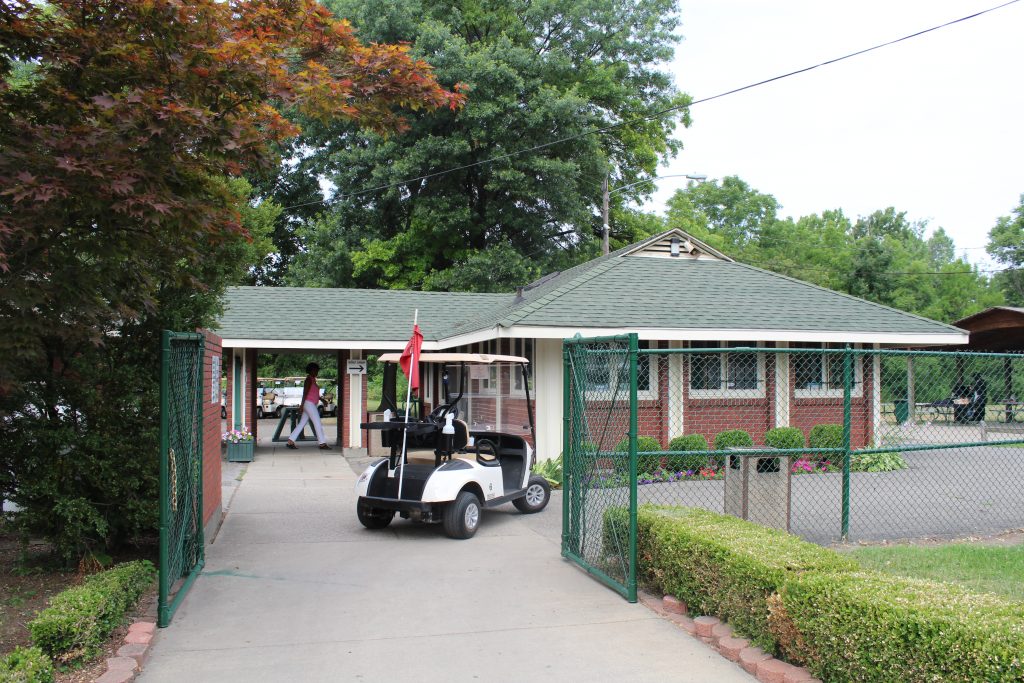
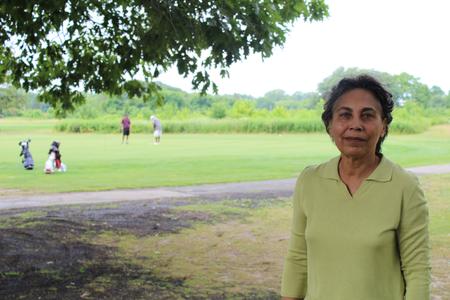
In the 1990s, golfers could choose from six municipal golf courses in Detroit: Belle Isle, Chandler Park, Palmer Park, Rackham, Rogell and Rouge Park.
Today, four are operating. The three run by the city are: Rouge Park Golf Course, Chandler Park, and Rackham Golf Course.
The city floated the idea of selling Rackham under the Kilpatrick Administration and under Mayor Mike Duggan’s leadership as recently as this past March but has run into difficulty because the deed requires it to remain a public course. The Belle Isle Golf Course falls under the jurisdiction of the Michigan Department of Natural Resources as part of its lease of the island park.
As for the other two, Rogell was sold in 2007, closed in 2013, and the city now plans to buy it back and turn it into a park. Palmer Park Golf Course is currently closed, and an advisory council has been created to determine the future of the course, according to the Detroit Free Press.
Earlier this year, despite questions being raised about whether city administrators followed proper protocols for granting contracts, Detroit City Council awarded Signet Golf Associates II a two-year contract to manage the three open courses. The company also operates the Belle Isle Golf Course and driving range for the Michigan DNR. Signet is operating all of these courses under a new brand it developed called “Golf Detroit.”
Related WDET Coverage: City Wants More Control Over Chandler, Rouge and Rackham Golf Courses
Karen Peek, director of operations for Golf Detroit, previously worked for American Golf, which managed Chandler Park, Palmer Park, Rackham and Rouge Park for Detroit from 1991-2010. She spoke with WDET Reporter Laura Herberg at the Rouge Park Golf Course in mid-July for a CuriosiD story looking into the question of who designed the course.
They had a bigger conversation about the course’s history and future.
An edited transcript of their conversation is below.

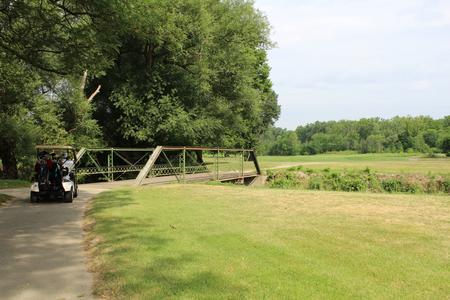
WDET: Tell me about this course.
Karen Peek: Most people would tell you that Rouge Park is probably the best of the city golf courses. I think that’s based upon the fact that it’s a very challenging layout. It offers some really picturesque views. Over the course of the 18 holes, you have the Rouge River traversing through about six or seven holes on the golf course where it comes into play. We have about 20 bunkers – which is not a very large number – but it’s just a very challenging golf course. It’s not especially long but the terrain is rolling, you have a lot of trees, and some tree line fairways. It’s difficult. It’s notably a favorite among Detroiters.
WDET: Let’s back up a little bit. What’s the history of this course? How did it come to be?
Peek: Interestingly enough it’s a part of the city’s park system. Most of these courses were developed in the early 1920s. When you think about that, that’s a pretty aggressive move. At the height of the industrial era, the city set out to build a number of recreational facilities for the communities on all sides: east, west, northwest… Not only parks for picnics and recreation for families but you had golf courses, nature trails, tennis courts, swimming. That’s pretty progressive stuff for the 1920s.
“Most people would tell you that Rouge Park is probably the best of the city golf courses. I think that’s based upon the fact that it’s a very challenging layout.”
The beautiful thing is they’ve lasted over all of this time. They’ve obviously been through good times, bad times and times in the middle. What we’re looking at here as a golf management company is restoring the golf courses to the level of playability and popularity that they enjoyed for many years.
WDET: What’s next for this course? Are there plans for renovations?
Peek: Here at Rouge Park, and at Chandler Park on the eastside, I know the city is planning a significant investment into the golf courses. I think we could divide those type of investments into two things. First, they want to invest into the actual golf courses and into things like upgrading irrigation systems, working on the drainage systems, improving the bunkers, the quality of the sand, the edging if needed, developing new tees especially forward tees because that’s something that has always been neglected in the construction of golf courses, especially the old ones.
WDET: “Forward tees”?
Peek: Forward tees, unfortunately, called “ladies’ tees” sometimes, but really they’re for – it could be – juniors, seniors, it’s really for people that shouldn’t be pressing their luck stepping all the way back and playing the full length of the golf course. You’ll see markers, red or silver, that are thrown out in the middle of the fairway. This is where the ladies play from. We’d like to build those up and actually create tee complexes. There are a lot of things that are planned on that front.
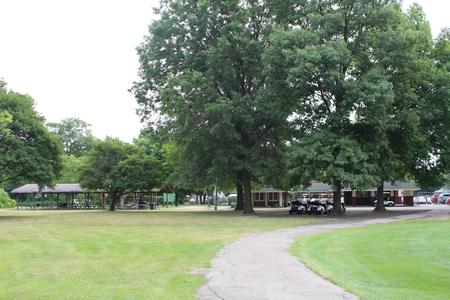
On another front, what’s equally important is that the community around the golf course can appreciate some of the things that are aesthetically more appealing. So, we’re looking at the surrounds. Obviously, we’ve painted the small clubhouse. We have done significant cleaning of fence lines. We do intend to replace some of that fence line so it’s more visually pleasing for people [driving by]. We want to do some things that people can actually look and see and say, “Wow, that’s nice.”
In our pavilion, which we use to host tournaments, we’re installing new fans and new lights. We’re going to do some screening so that it will be more comfortable for people to sit down after an outing and have a bite to eat and it will be cool.
The city has long term plans for doing more at this golf course and at Chandler Park as well, which is very exciting.
Related WDET Coverage: Should the City Maintain Golf Courses?
WDET: You were the first African-American member of the Michigan Ladies Professional Golf Association [back in 1987]. Can you talk about the intersection between race and golf in the city of Detroit and how Golf Detroit is approaching that?
Peek: One of the things, in terms of golf, that I think was just amazing in terms of an impetus to get more minority youth involved in the game was Tiger Woods’ success in the late 1990s. I had the privilege of hosting one of his initial clinics here in Detroit. We had over 3,000 kids from the community at Palmer Park Golf Course to see his clinic.
“Golf is viewed, I think by a lot of kids, as kind of boring and not necessarily that athletic. What we’ve done to date is we’ve tried to welcome every local junior golf program in the area.”
The amazing thing is sustaining the interest. Golf is viewed, I think by a lot of kids, as kind of boring and not necessarily that athletic. What we’ve done to date is we’ve tried to welcome every local junior golf program in the area. And there are some good ones.
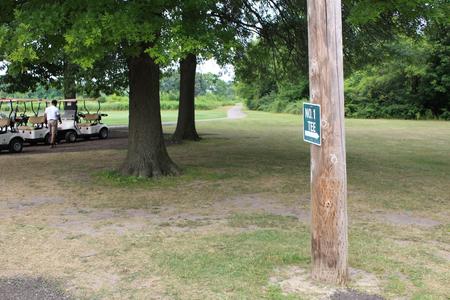
The First Tee of Michigan Foundation has a program here and at Rackham. The Midnight Golf Association, they also have an outstanding program. Hollywood Golf has an outstanding program. We are working with the Chandler Park Conservancy. They are doing a six-week golf program at Chandler Park. There’s another group, called Revive Detroit, and they have a program going on at Rouge Park as well. It’s kind of neat because it involves a lot of things, not just golf, but training, nutrition and fitness.
We try to be really open and welcoming. Bring your groups here. We’d be happy to host them and try to participate in any way that we can.
Next year, I’d like to see us, as operators, put more programs together. I think we’ve had so much on our plate initially that developing internal or in-house programs, we really haven’t kicked that off. But going into next season, having our feet beneath us, we’ll try to get into some of these schools and community centers and get the plan started for 2019.
Related WDET Story: “CuriosiD: Who Designed the Rouge Park Golf Course?”
WDET: Anything you’d like to add?
Peek: The thing that really comes to mind is our purpose here. What we want to create is an environment where people feel welcome and comfortable. I really think we’re well on our way to doing that. I’m so proud of the staff here. They’re friendly, they’re welcoming and it’s clean.
We’re in the process of creating a very predictable product at a value that people can appreciate. My only hope is that the rounds continue to grow and that we can really thrive here. We have a wonderful product, people are playing, they’re enjoying it, and their feedback is very positive. I’m just looking forward to growing that and getting to a point where the city is pleased with the way that we’re doing things here.
